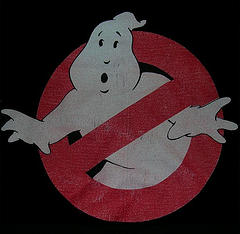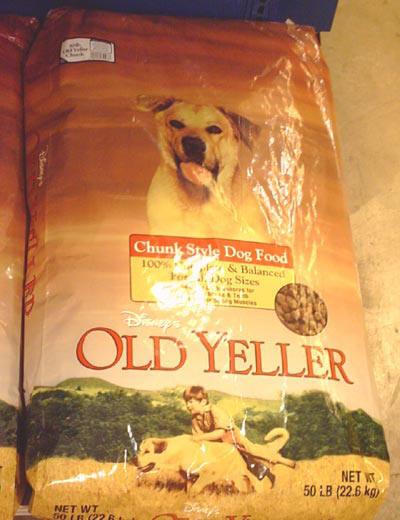There’s a potato chip bag. It’s not an overly-extraordinary potato chip bag–silver and blue. Nothing seemingly special until I notice the advertisement on it. This little bag proclaims its product to be “hunger blasters.” Here’s the confusing part, though. This phrase had what I considered to be the universal “not” sign–a red circle with a line through it–as in “no smoking.”

Photo by greefus groinks of Flickr. CC-A.SA
So, I’m left wondering, are they saying that they’re not hunger blasters? Seems to me that someone in the marketing department may not have thought things through. I mean, a company trying to get the masses to buy their tasty potato chips wouldn’t go around saying “Pick Us! We’ll leave ya hungrier than when you started eating!”
Not the most persuasive thing there and I have to assume that this company knows that, so I, obviously, am missing out on something. I emailed the company and asked them about it.
Apparently, they were making an allusion to Ghost Busters. Okay, I can, at least, understand that I suppose, but I can’t let them off completely. Ghost Busters is using that universal “not” symbol just as that. They’re saying that ghosts are not allowed. Hunger Blasting, on the other hand, should not only be allowed, but encouraged when it comes to potato chips.
Plus, if they really wanted to make that parody, then shouldn’t it be “Hunger Busters?” Someone may have been able to realize the allusion they were going for had it been closer to the original. At the same time, though, I think it’s expecting a bit much to think that people would get an allusion to a film from 1984. That was 25 years ago.
I’ll give you a moment for the necessary “Woah, really. Twenty-five years already?”
. . .

Photo by of Bob Gamble Flickr. CC-A.NC.SA
Okay, ready? Yep. Twenty-five years. I suppose it wouldn’t be such a mystery if Ghost Busters had more of a cultural significance outside its era, but, really, I can’t say that I go around making Ghost Buster references. However, if they had said, say, “Wax on the chips, Wax off the hunger.” I may have gotten that it was referencing The Karate Kid–also from 1984. It’s still a fairly bad tactic to take, though. Ain’t it? Especially when you probably want to attract some greasy teenagers with bad eating habits who weren’t even born in 1984. (I can’t be too harsh there, I wasn’t either.) You’d want to make more contemporary allusions, right? Maybe something involving Hannah Montana–I hear she’s popular.
In any event, this was clearly not the best ad campaign they could’ve gone with. Or, at least, for heaven’s sake get rid of the circle and line. It’s not doing you any favors. The potato chips, though, are still quite delectable, and I’m not usually one for potato chips. Why not try marketing that?







